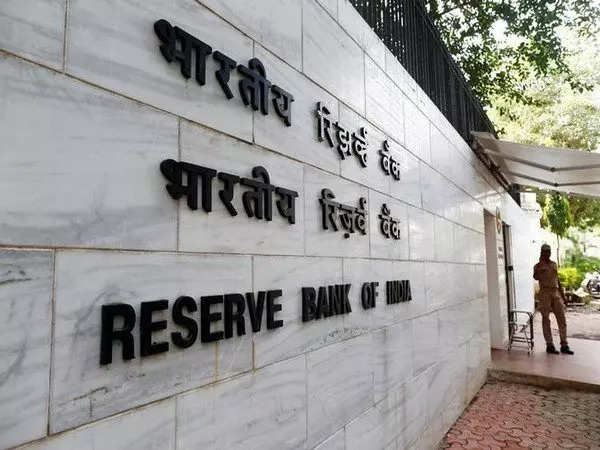Fall in call market volume raises concerns over pricing of MIBOR, other instruments
The MIBOR, in turn, is used as a benchmark or reference for derivative products such as interest rate swaps, forward rate agreements and term deposits and certain types of debt instruments issued by firms to raise money.
Mumbai: At meetings with officials of the (RBI), money market participants have flagged the issue of dwindling volumes in the interbank call money market and the impact on that derive their from that platform.Sources aware of the developments told ET that market players have brought up the issue of declining participation in the call money market, the pricing determinant of the Mumbai Interbank Outright Rate ().
The MIBOR, in turn, is used as a benchmark or reference for derivative products such as interest rate swaps, forward rate agreements and term deposits and certain types of debt instruments issued by firms to raise money.
Banks have also put in a request with the RBI to permit lenders to maintain a minimum daily Cash Reserve Ratio (CRR) of 70% as against the regulatory requirement of 90%, sources said. Banks have made the request to meet the liquidity demands of 24/7 banking.
An email sent to the RBI requesting a comment on the matter did not receive a response by the time of publication.
The interbank call money market includes the overnight segment, the notice money segment - between two and fourteen days - and the term money segment of more than 14 days. The , which is uncollateralised, is used by banks to lend and borrow from one other to meet mandatory reserve requirements such as the CRR.
Volume Shrinkage
Clearing Corporation of India Ltd (CCIL) data showed that the daily average value of transactions in the call, notice and term money markets was at Rs 10,604 crore from April 2023 to February 2024. Meanwhile, volumes in the two other money market segments — tri-party repos and market repos — far surpassed those in the call market. The other two segments are collateralised.
From April to February, the daily average volume in the tri-party repo segment was at 3.01 lakh crore, while that in the interbank repo segment was at 1.43 lakh crore. On Wednesday, out of a total volume of 5.5 lakh crore in the money market, the call market accounted for a meagre 1.9% or 11,039 crore, CCIL data showed. In FY19, daily call market volumes were almost double the amount they are now.
The decline in call money market volumes also has implications from the perspective of transmission of changes in interest rates announced by the RBI through the financial system. This is because the weighted average call rate (WACR) is the operating target of the RBI’s monetary policy, which means that the central bank aims to use that channel as the conduit through which changes in the repo rate are transmitted across the financial system.
Lower participation in the call market brings with it the risk of sharp fluctuations in the WACR depending on whether liquidity conditions in the banking system are in surplus or deficit mode. Not only does this lead to market rates being disconnected from where the RBI wants them to be but also causes volatility for banks’ management of funds.
Among the factors that have pushed down call market volumes are the preference of mutual funds and insurance companies to park surplus funds in collateralised instruments.
Source: Stocks-Markets-Economic Times
